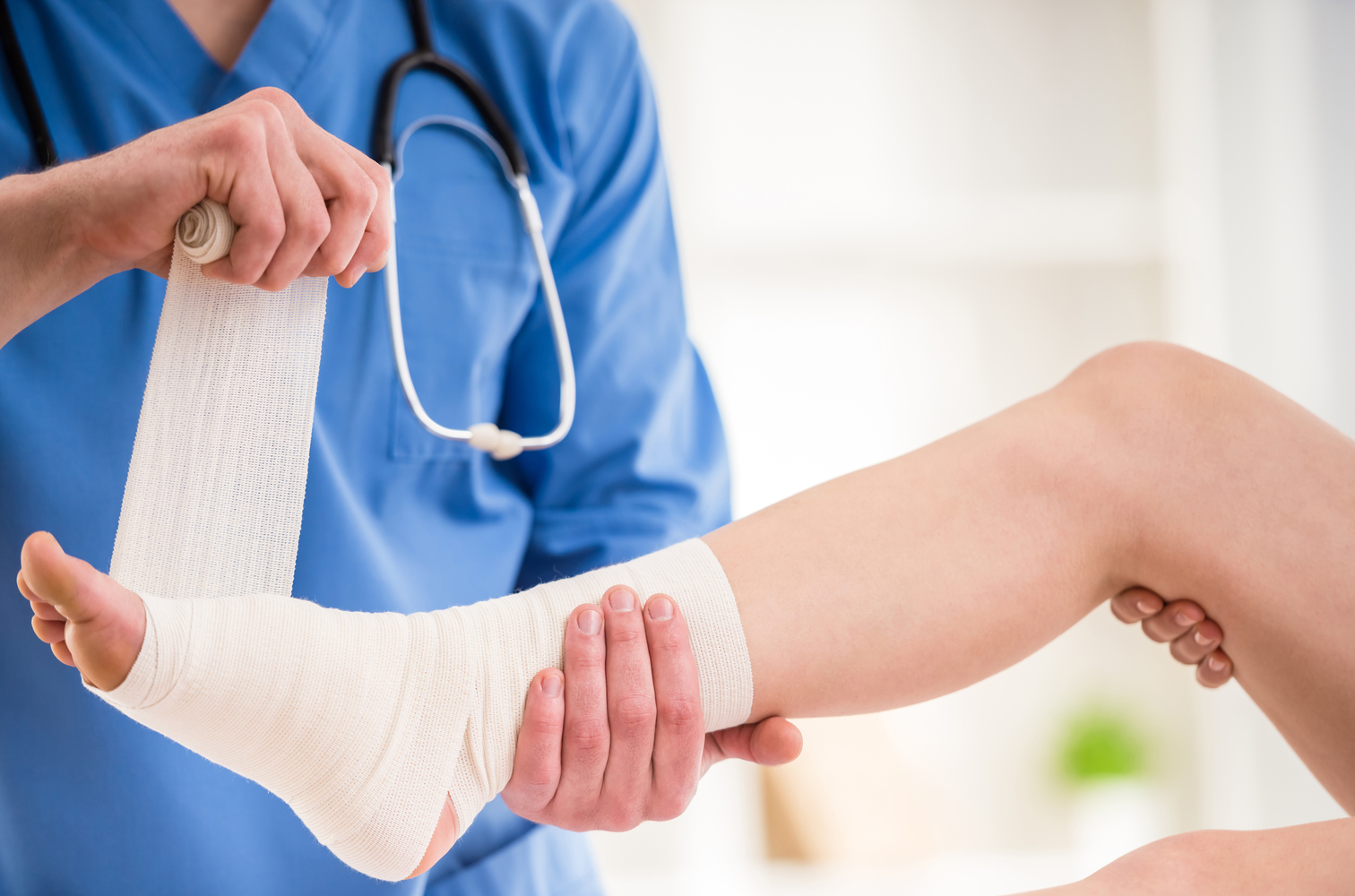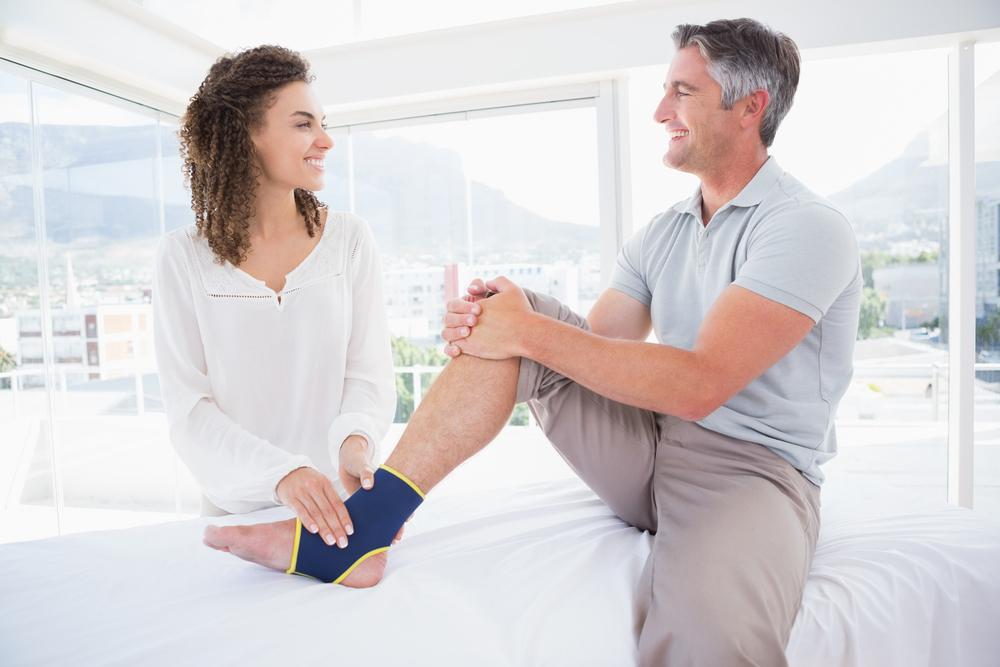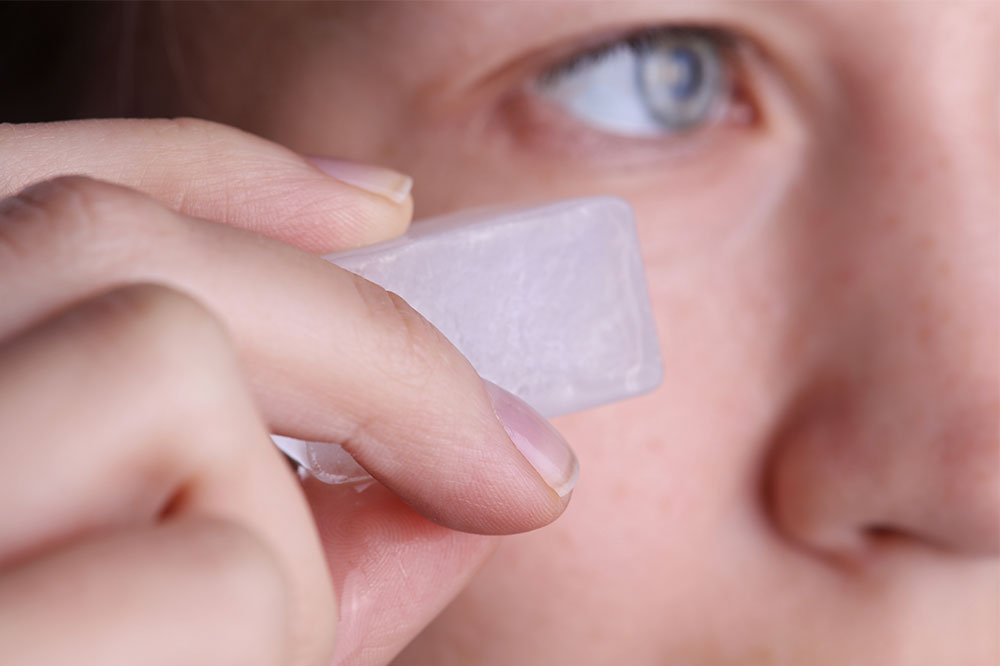Comprehensive Home Remedies and Strategies for Managing Ankle Discomfort and Promoting Recovery
Discover effective home strategies to alleviate ankle discomfort and promote faster recovery. From rest and cold therapy to nutrition and gentle exercises, learn how to manage ankle pain safely at home. This comprehensive guide offers practical tips to reduce swelling, support healing, and prevent future injuries, empowering you to regain mobility and maintain ankle health with confidence.

Comprehensive Home Remedies and Strategies for Managing Ankle Discomfort and Promoting Recovery
Effective home treatments to relieve ankle soreness and facilitate healing
Experiencing ankle pain is a common problem that can significantly impact daily activities and overall mobility. Whether caused by minor injuries, overuse, or underlying health issues, prompt and effective management is essential to prevent additional complications. While severe ankle injuries require professional medical evaluation, many cases involving mild to moderate discomfort can be effectively managed at home. Proper understanding of causes, preventive measures, and treatment options can help you alleviate symptoms, reduce pain, and restore normal function of your ankle.
Initial home treatment is crucial in ensuring a swift recovery from ankle injuries. Here we explore comprehensive remedies and strategies to manage ankle discomfort effectively. Addressing ankle pain promptly can prevent the progression of minor injuries into more severe conditions that may require surgical intervention or complex therapies. Understanding the importance of rest, support, cold therapy, diet, and gentle exercise can empower you to manage symptoms at home with confidence.
Why is rest essential for ankle recovery?
Rest allows the injured tissues to heal naturally by reducing stress and strain on the ankle joint.
The ankle bears a significant portion of your body weight, so minimizing movement and weight-bearing activities helps reduce inflammation and pain.
Keeping the ankle elevated above heart level aids in decreasing swelling and improving blood circulation, which facilitates repair processes.
Avoiding unnecessary movements prevents aggravation of the injury and delays recovery time.
It's important not to rush into activities too soon. Adequate rest combined with proper elevation can significantly speed up recovery, preventing complications such as chronic instability or joint degeneration.
Supporting your ankle during movement
Limiting stress on the ankle during daily activities helps prevent worsening of the injury.
Using assistive devices like crutches, a cane, or ankle braces provides stability and reduces the impact of weight-bearing, promoting healing.
Applying a compression bandage or ankle brace helps to stabilize the joint, reduce swelling, and relieve discomfort.
Ensure the support is not too tight to avoid restricting blood flow.
Ice therapy: An effective method for reducing swelling and pain
Ice application is highly recommended after any ankle injury to minimize swelling, inflammation, and pain.
The cold constricts blood vessels, which reduces fluid accumulation and nerve activity responsible for pain sensations.
Apply ice or cold packs wrapped in a cloth for about 15-20 minutes every two hours during the initial 48 hours after injury.
Avoid direct contact of ice with skin to prevent frostbite or tissue damage.
Always use a barrier like a towel or cloth between the ice pack and your skin.
Diet and nutrition: Long-term strategies for ankle health
Maintaining a healthy weight reduces excessive pressure on the ankles, minimizing the risk of injury and chronic pain.
Eating a balanced diet rich in vitamins and minerals supports ligament and cartilage health.
Consuming calcium-rich foods such as dairy products strengthens bones, reducing fracture risk.
Including foods high in omega-3 fatty acids, like fish and nuts, can help reduce joint inflammation.
Supplements like glucosamine and chondroitin may support cartilage repair and joint comfort when recommended by a healthcare provider.
Exercise and physical activity: Supporting ankle recovery and preventing future issues
Once acute symptoms subside, gradual reintroduction of gentle exercises helps restore strength, stability, and flexibility.
Seeking approval from your doctor or physical therapist is crucial before starting any exercise routine.
Low-impact activities like swimming or cycling provide excellent options to strengthen ankle muscles without over-stressing them.
Stretching exercises can enhance flexibility, prevent stiffness, and promote blood flow to injured tissues.
Balance training, such as standing on one leg or using a balance board, can improve joint stability and prevent future injuries.
In conclusion, managing ankle pain at home involves a comprehensive approach that includes proper rest, supportive measures, cold therapy, dietary considerations, and controlled exercise. Recognizing the severity of your injury and seeking professional help when necessary are vital steps to ensure effective recovery and prevent long-term complications. Establishing healthy habits and incorporating preventive strategies can significantly improve your ankle health and overall mobility, allowing you to regain confidence and comfort in your daily activities.





